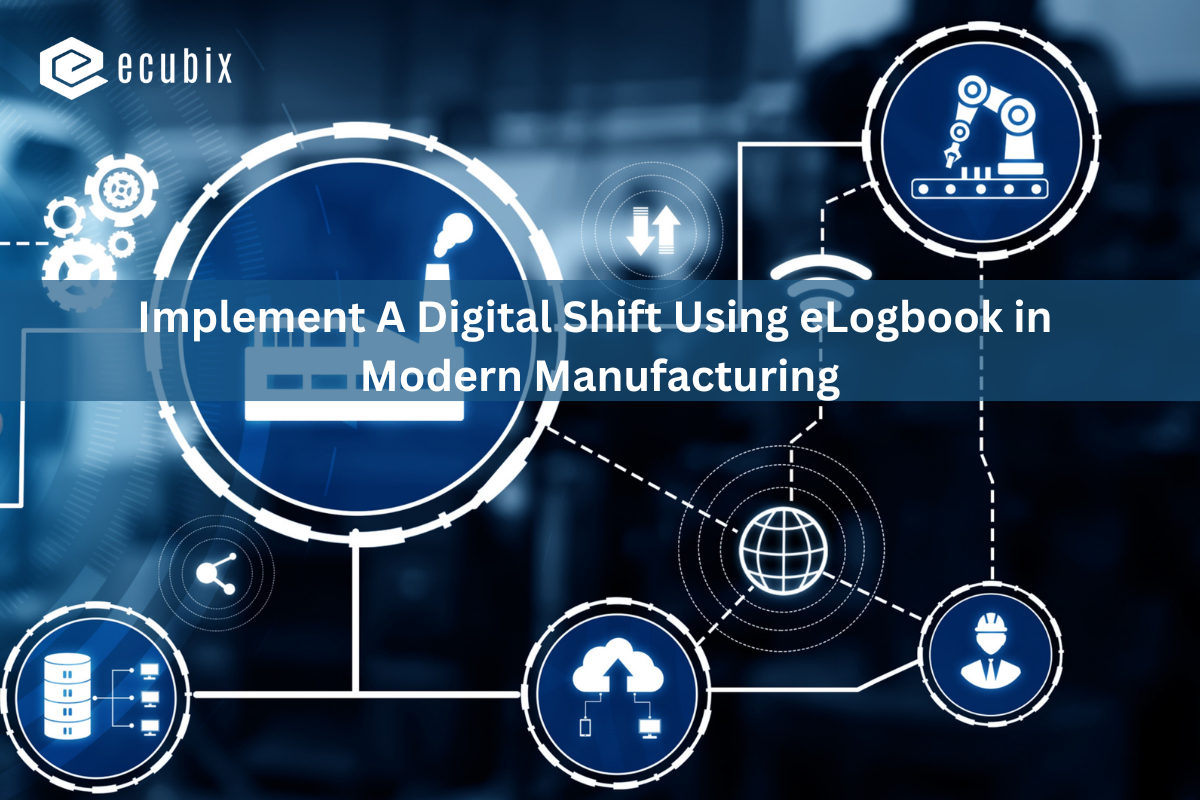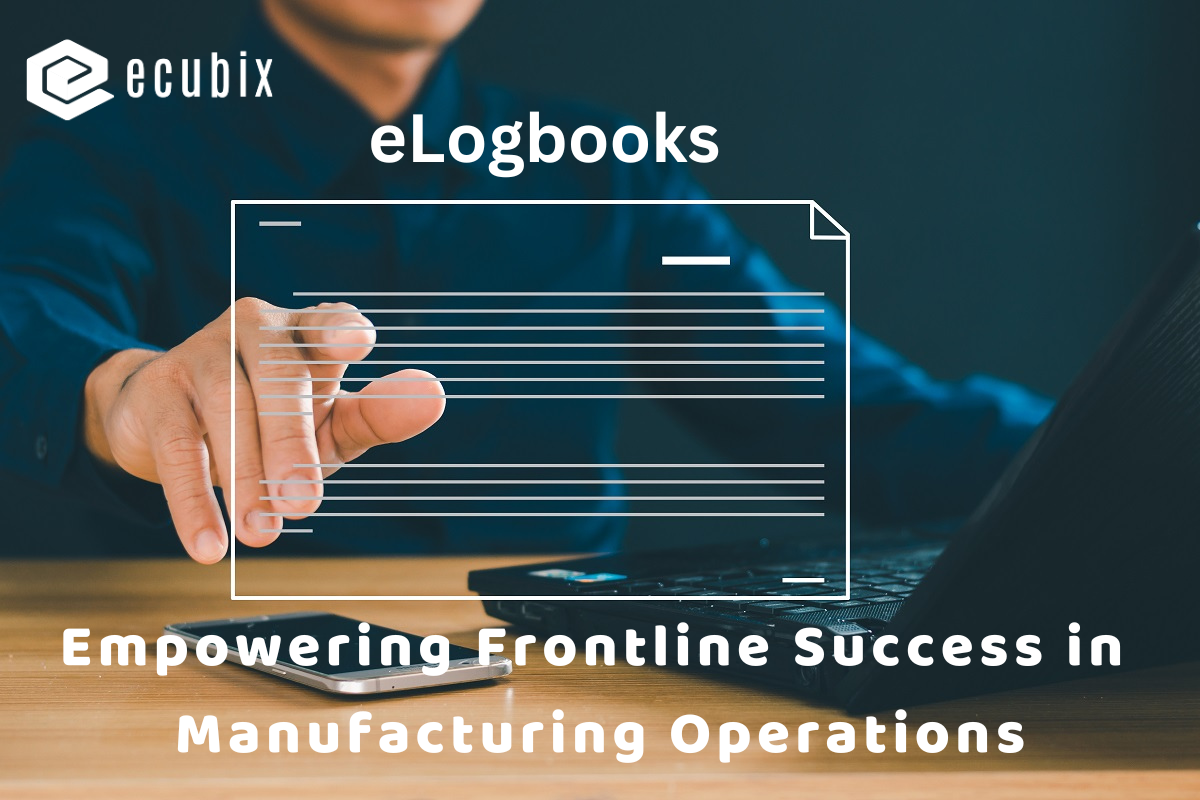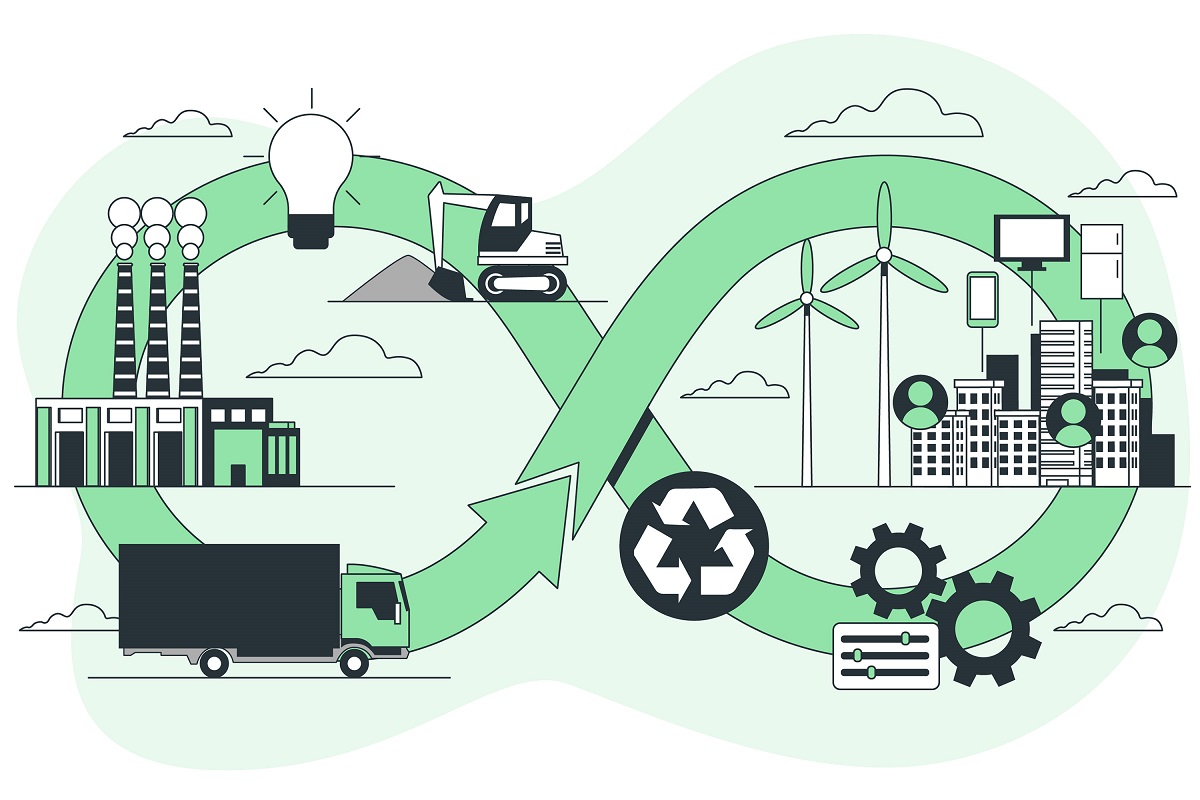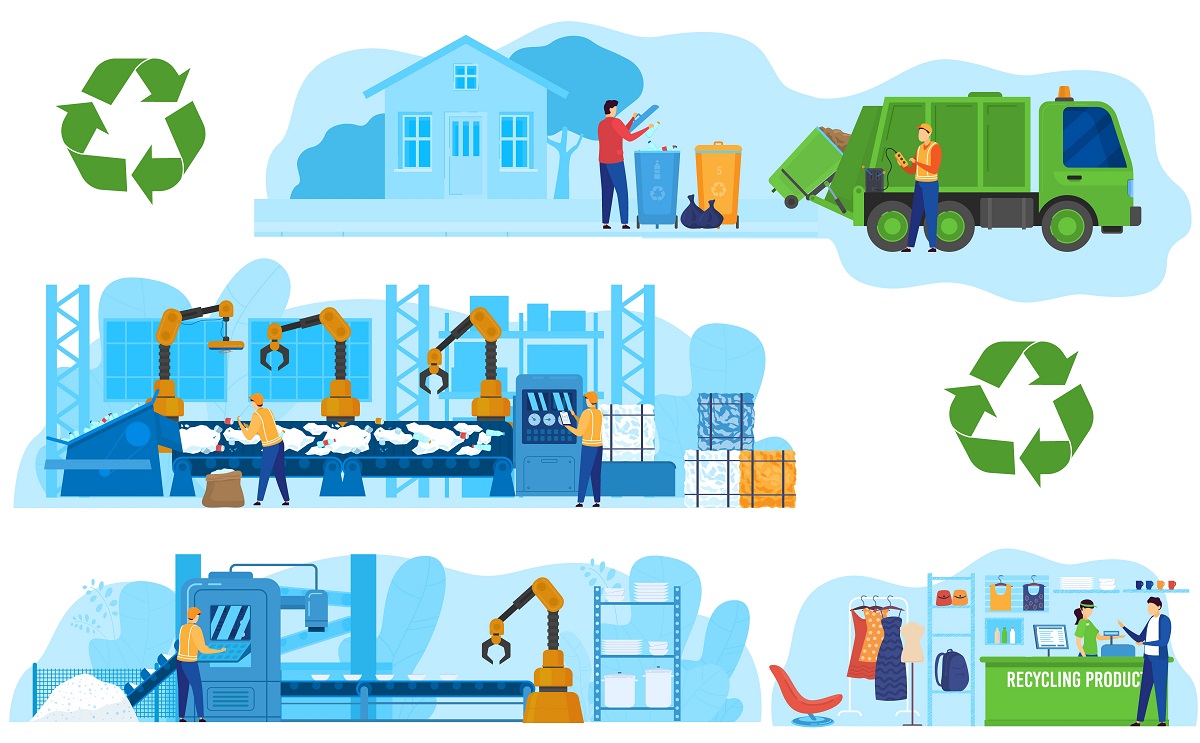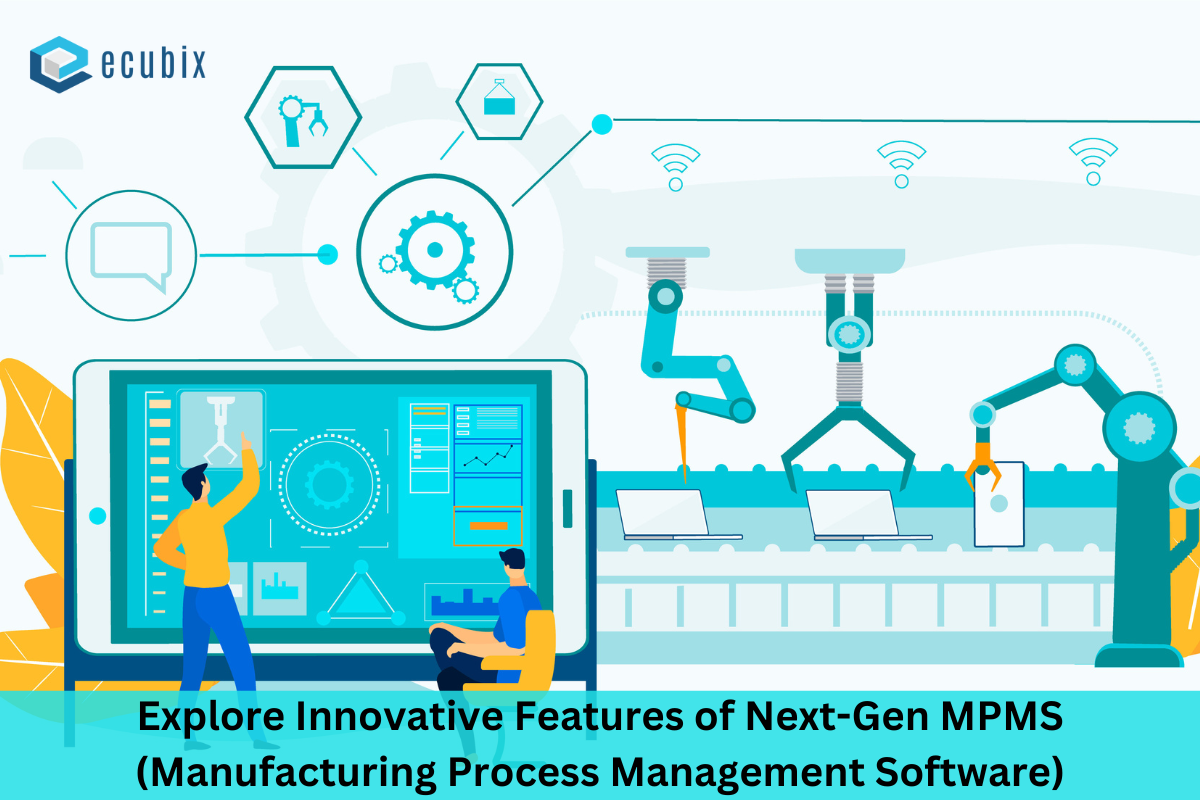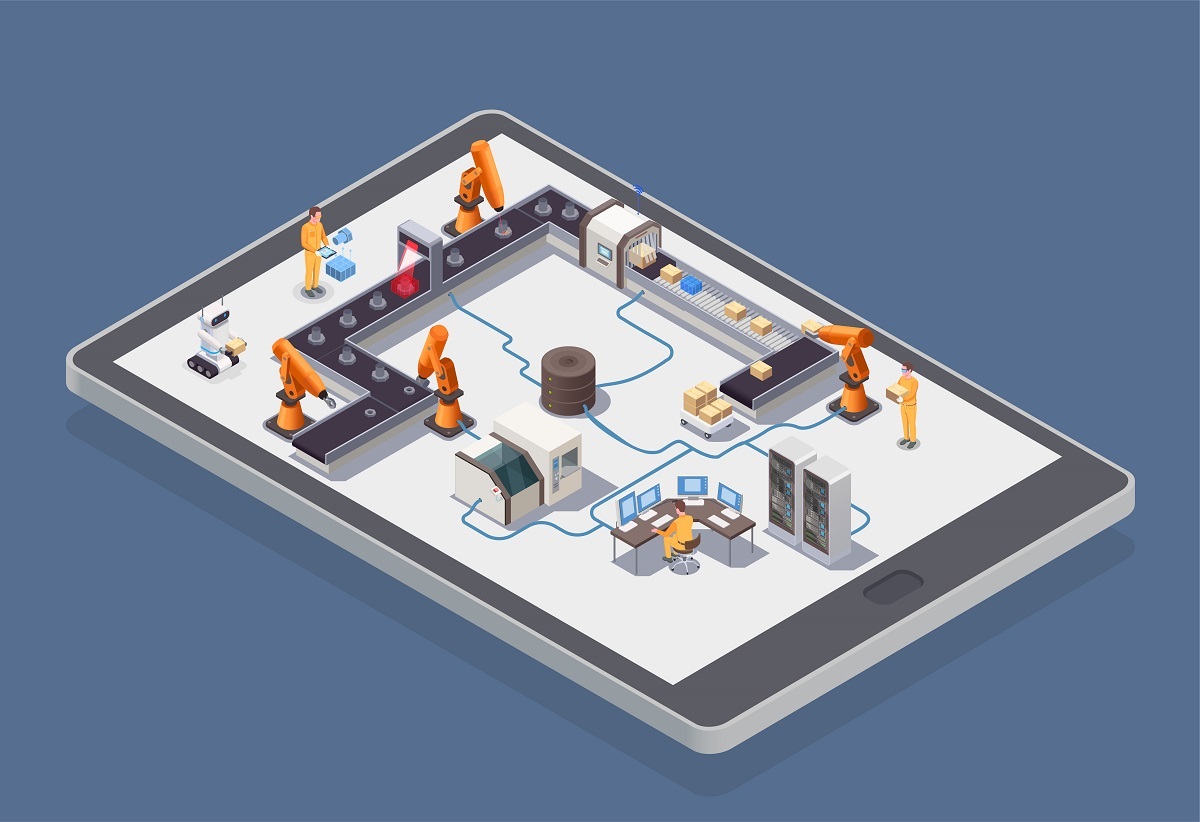Manufacturing companies worldwide face stringent compliance requirements, with over 70% of manufacturers reporting that compliance demands have increased significantly in recent years. Non-compliance can lead to severe consequences, including fines, legal action, and reputational damage. In this challenging environment, accurate and efficient record-keeping is crucial. This is where eLogbook comes into play, offering a modern solution that enhances compliance and streamlines audits.
eLogbook is a digital tool designed to replace traditional paper-based logbooks, providing real-time data recording, automated alerts, and secure, tamper-proof records. Their importance in ensuring compliance and facilitating audits cannot be overstated.
Importance of Compliance in Manufacturing
The manufacturing sector is heavily regulated across the globe to ensure product safety, environmental sustainability, and fair labour practices. Key regulatory frameworks include the International Organization for Standardization (ISO) standards, the U.S. Food and Drug Administration (FDA) regulations, the European Union’s REACH (Registration, Evaluation, Authorization, and Restriction of Chemicals), and the Occupational Safety and Health Administration (OSHA) standards, among others.
For example, ISO 9001 sets the criteria for quality management systems, and compliance with this standard is often mandatory for manufacturers seeking to operate in global markets. Similarly, FDA regulations are crucial for companies involved in the production of pharmaceuticals, medical devices, and food products. These regulations are designed to ensure that products are safe for consumption and that manufacturing processes are consistent and controlled.
Consequences of Non-Compliance
The consequences of non-compliance with regulatory requirements can be severe and multifaceted, impacting a company’s finances, legal standing, and reputation.
(1) Fines and Penalties:
Non-compliance can result in hefty fines. For instance, in the U.S., companies that fail to comply with OSHA regulations can face fines ranging from $15,625 for serious violations to $156,259 for wilful or repeated violations. Similarly, in the pharmaceutical industry, non-compliance with FDA regulations can lead to fines of up to $500,000 per violation.
(2) Legal Action:
Beyond fines, companies may face legal action, including lawsuits and criminal charges. In 2021, a major automotive manufacturer faced a $2.8 billion penalty for regulatory violations related to emissions standards. Legal battles not only drain financial resources but also divert attention away from core business activities.
(3) Reputation Damage:
Perhaps one of the most enduring consequences of non-compliance is damage to a company’s reputation. A single violation can lead to loss of customer trust, negative media coverage, and long-term brand damage. For example, a study found that 75% of consumers are less likely to buy from a company they perceive as unethical or non-compliant with regulations.
The Importance of Documentation in Achieving Compliance Standards
Documentation plays a critical role in ensuring compliance in the manufacturing sector. Accurate and comprehensive records are essential for demonstrating that a company adheres to regulatory requirements and industry standards.

(1) Proof of Compliance:
During audits or inspections, manufacturers must provide documentation that proves they are complying with relevant regulations. This includes records of processes, quality control measures, safety protocols, and employee training. Without proper documentation, even compliant companies may face penalties or legal challenges due to the inability to prove their compliance.
(2) Audit Preparedness:
Manufacturers are regularly subjected to audits by regulatory bodies. Having well-organized and easily accessible documentation can significantly reduce the time and resources required to prepare for an audit. According to industry reports, companies with effective documentation systems can reduce audit preparation time by up to 40%.
(3) Continuous Improvement:
Documentation also facilitates continuous improvement by providing a historical record of manufacturing processes. By analyzing these records, companies can identify areas for improvement, leading to enhanced quality control and better compliance over time.
How eLogbook Enhances Compliance?
(1) Real-Time Data Recording
Real-time data recording offers significant benefits in manufacturing. For instance, manufacturers using real-time data analytics have reported a 30% improvement in production effectiveness within just a few months. This instant data capture ensures high accuracy and reduces the risk of human error, enabling manufacturers to make informed decisions quickly.
(2) Automated Alerts and Notifications
Automated alerts and notifications play a crucial role in proactive compliance management. In the food and beverage industry, for example, 75% of manufacturers still rely on outdated, paper-based systems. Implementing automated alerts through systems like eLogbook can help detect and correct problems before they escalate, ensuring consistent quality and compliance.
(3) Audit Trails
Audit trails are essential for ensuring traceability and accountability. In Good Manufacturing Practice (GMP) environments, audit trails provide a documented history of activities related to manufacturing processes, equipment, and data. This helps in maintaining data integrity and transparency, which are critical for regulatory compliance.
(4) Secure and Tamper-Proof Records
Secure and tamper-proof records are vital for maintaining data integrity. Blockchain technology, for example, offers a secure and immutable ledger that timestamps transactions and data entries, providing a tamper-proof record of events. This enhances trust and transparency among stakeholders, ensuring that manufacturing data remains accurate and reliable.
Streamlining Audits with eLogbook

(1) Simplified Audit Preparation with Centralized Data
Centralized data systems significantly simplify audit preparation. According to a study, 80% of manufacturers reported improved audit readiness and efficiency after implementing centralized data management systems. This consolidation of data from various sources allows for real-time visibility and streamlined data analytics, making it easier to prepare for audits.
(2) Quick Access to Historical Records and Reports
Quick access to historical records is crucial for efficient audits. In a survey, 70% of manufacturing firms indicated that having instant access to historical data reduced the time spent on audits by 30%. This capability allows auditors to quickly retrieve and review past records, ensuring a thorough and efficient audit process.
(3) Reduction in Audit Duration and Associated Costs
Implementing an eLogbook can lead to a significant reduction in audit duration and costs. Companies that adopted digital logbooks reported a 25% decrease in audit time and a 20% reduction in associated costs. This efficiency is achieved through automated data collection and streamlined record-keeping processes.
Real-Time Case Studies of Indian Companies with Successful Audits Using eLogbook
Several Indian companies have successfully used eLogbook to streamline their audit processes. For example, a leading pharmaceutical company in India implemented an eLogbook system and saw a 40% improvement in audit efficiency. This system allowed for real-time data entry and retrieval, significantly reducing the time and effort required for audits.
Integration with Other Manufacturing Systems
eLogbook is designed to seamlessly integrate with other manufacturing systems, such as ERP (Enterprise Resource Planning) and MES (Manufacturing Execution Systems). This integration facilitates a smooth flow of data between systems, enhancing overall efficiency.
(i) Benefits of Seamless Data Flow:
By integrating with ERP and MES systems, eLogbook ensures that all data is synchronized across platforms. This not only improves data accuracy but also reduces the need for manual data entry, leading to significant time savings.
(ii) Improved Efficiency and Accuracy:
The integration of eLogbook with other systems can improve record-keeping accuracy by up to 25%, according to industry benchmarks. This enhanced accuracy is critical for maintaining compliance and ensuring that all records are audit-ready at any time.
Conclusion
As manufacturing compliance demands continue to grow, the need for efficient, accurate, and reliable record-keeping solutions becomes increasingly important. eLogbook offers a powerful tool for manufacturers, enhancing compliance, streamlining audits, and integrating seamlessly with other systems.
The landscape of manufacturing compliance is continuously evolving, driven by advancements in technology and increasing regulatory demands. A 2023 survey by KPMG revealed that 54% of compliance leaders believe that artificial intelligence and automation will play a crucial role in strengthening compliance efforts. Additionally, 93% of respondents agreed that AI and cloud compliance tools help eliminate human error and automate manual tasks. As these technologies become more integrated into compliance programs, manufacturers must stay agile and proactive in adopting new tools and strategies to ensure they meet regulatory requirements and maintain a competitive edge.
Manufacturers who have yet to adopt eLogbook should consider making the switch, not only to meet current compliance standards but also to prepare for the future of manufacturing, where digital solutions will play an increasingly central role.




